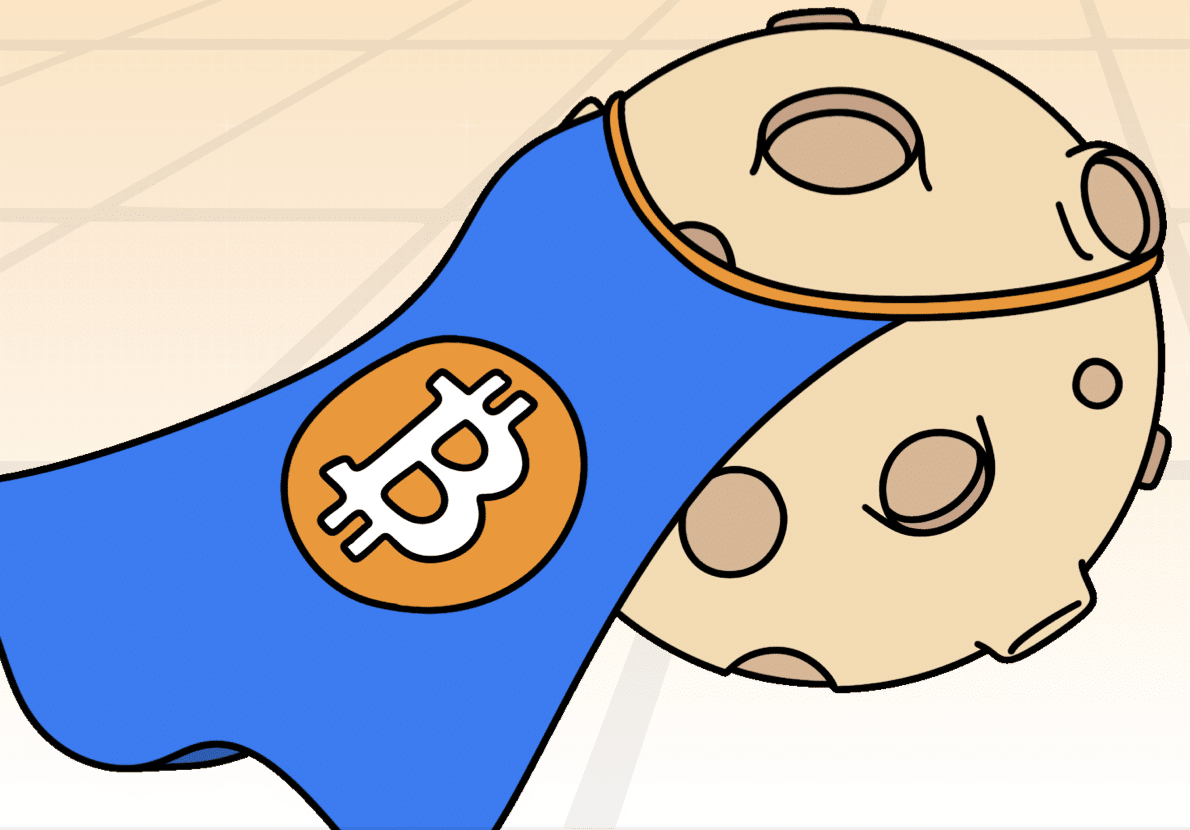As Africa’s cross-border payment needs grow, a new Bitcoin Layer 2 project called Bitcoin Hyper ($HYPER) promises to slash settlement times from days to seconds and investors are taking notice.
Sub-Saharan Africa’s financial landscape is shifting fast, driven by mobile-first adoption, youthful demographics, and an urgent need for cheaper, faster money transfers.
In 2023 alone, the region received $54 billion in remittances, according to the World Bank – yet sending money there remains the most expensive in the world, averaging 7.9% in fees for a $200 transfer.
This friction has made digital assets an attractive alternative. Stablecoins now account for roughly 43% of all crypto transaction volume in Sub-Saharan Africa, cutting remittance costs and protecting savers from inflation. Research from the Digital Dollar Project suggests stablecoin-based transfers can reduce fees by up to 80% compared to traditional rails.
Governments are responding with their own modernisation efforts. Initiatives like the African Continental Free Trade Area (AfCFTA) and the Pan-African Payment and Settlement System (PAPSS) aim to harmonise payments and reduce reliance on foreign intermediaries, but with over 100 million people lacking formal ID and regulations still fragmented, private-sector solutions continue to lead the way.
Nigeria: A Global Crypto Hub
Nigeria is consistently among the top three countries for global crypto adoption. With a population of 220 million and a median age under 20, its young, tech-savvy base is turning to crypto as a hedge against persistent currency depreciation and inflation.
Stablecoins make up around 40% of Nigeria’s crypto market, with USDT and USDC dominating. In 2023, the country received $19.5 billion in remittances, much of it through crypto channels. The government is shifting from restrictive measures to drafting rules for exchanges and stablecoin issuers – a signal that formal integration could be on the horizon.
While the eNaira CBDC has seen little uptake, dollar-backed stablecoins continue to flourish, suggesting that adoption hinges on consumer trust and usability rather than official mandates.
Kenya: From M-Pesa to Crypto Rails
Kenya has long been a digital finance pioneer thanks to M-Pesa, the mobile money service now used by 34 million people. That success is paving the way for crypto adoption.
A proposed Virtual Asset Service Providers Bill would regulate exchanges, stablecoin issuers, and payment processors, creating legal clarity for the industry.
Stablecoins have already proven their value in Kenya for cross-border payments, online work, and trade finance. One pilot for Kenyan freelancers cut transaction fees from 29% to just 2% by using stablecoins.
As regulation and infrastructure improve, Kenya is poised to become a regional crypto hub and the demand for faster, cheaper settlement solutions is only set to grow.
Enter Bitcoin Hyper: A Bitcoin Layer 2 for Instant Transfers
While stablecoins are solving some of Africa’s payment problems, they’re often issued on Ethereum, Tron, or other faster blockchains. Bitcoin – despite its brand recognition and security – remains too slow and costly for real-time remittances, with a limit of just 7 transactions per second (TPS).
This is where Bitcoin Hyper ($HYPER) comes in. Positioned as a high-speed Bitcoin Layer 2 solution, it aims to bring Solana-grade performance to the Bitcoin network. Using its Canonical Bridge, users can deposit BTC into the Layer 2, where it’s locked and represented as wrapped BTC. This allows transactions to settle in seconds rather than minutes – or hours.
The system is powered by the Bitcoin Relay Program, which verifies and confirms Bitcoin transactions on-chain, and integrates the Solana Virtual Machine (SVM) for executing smart contracts at ultra-fast speeds. In practice, this means Bitcoin Hyper could handle remittance payments between Lagos and Nairobi in seconds, with fees a fraction of today’s rates.
Why Bitcoin Hyper Could Fit Africa’s Needs
For Africa’s mobile-first economies, speed and cost are everything. A Bitcoin Layer 2 like Bitcoin Hyper could pair Bitcoin’s trust and security with transaction speeds comparable to Solana’s 1,000+ TPS. This combination could make BTC – traditionally a store-of-value asset – a viable settlement layer for daily commerce and cross-border trade.
The protocol also supports swaps, staking, lending, and Rust-based smart contracts, making it versatile for fintech developers building local payment apps or remittance services. Multi-wallet integration means users could access the network directly from popular crypto wallets without switching platforms.
Investor Interest Surges
Since launching its presale in May, Bitcoin Hyper has raised over $8.6 million. Tokens are currently priced at $0.012625, with staking rewards of 126% APY. Audits by Coinsult and SpyWolf confirmed no risk of a honeypot, no minting powers for owners, and no blacklisting features – adding a layer of investor reassurance.
The project’s roadmap spans five phases, with the mainnet launch expected before the end of 2025. Analysts project the token could reach $0.32 by year-end 2025, representing the potential for a 2,429.6% increase.
Could $HYPER Be the Missing Piece?
The remittance corridors between Nigeria, Kenya, and the broader African continent are ripe for disruption. Combining Bitcoin Hyper’s high-speed settlement with existing mobile money infrastructure could, in theory, allow near-instant transfers from Lagos to Nairobi without the 7–10% fees that eat into remittances today.
For fintech startups, the opportunity is even bigger. A Bitcoin Layer 2 that supports smart contracts could enable everything from micro-lending to decentralized trade finance, all on top of Bitcoin’s security layer.
The Road Ahead
While Bitcoin Hyper’s technology is promising, mass adoption in Africa would require local partnerships, regulatory clarity, and integration with the continent’s dominant payment rails.
That said, the timing is favorable. Africa’s digital finance market is already leapfrogging traditional banking, and the combination of Bitcoin’s global liquidity with Layer 2 scalability could find a strong foothold in high-growth markets.
For now, $HYPER remains in its presale stage, attracting investors who see potential in both the African remittance market and the broader need for Bitcoin scalability.
DON’T MISS THE L2 OF BITCOIN, BITCOIN HYPER: FAST TRANSACTIONS, SMART CONTRACTS
Africa’s payment ecosystem is evolving rapidly, with stablecoins and mobile-first infrastructure leading the way. Yet Bitcoin remains underused in the region’s daily transactions due to speed and cost constraints. Bitcoin Hyper offers a compelling solution – a Bitcoin Layer 2 capable of matching Solana’s performance while leveraging Bitcoin’s trust.
If successful, it could transform cross-border payments from Lagos to Nairobi and beyond, cutting transfer times from days to seconds. The opportunity is massive, but execution will be key. As always, investors should DYOR before jumping in.
Disclaimer: This article is for informational purposes only and does not constitute financial advice. Cryptocurrency investments are highly volatile, and you should never invest more than you can afford to lose.













